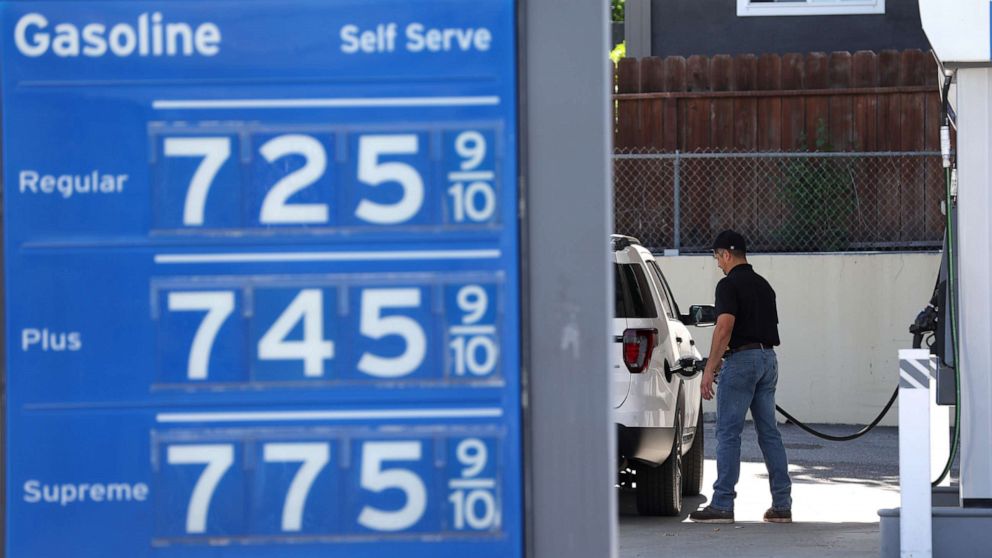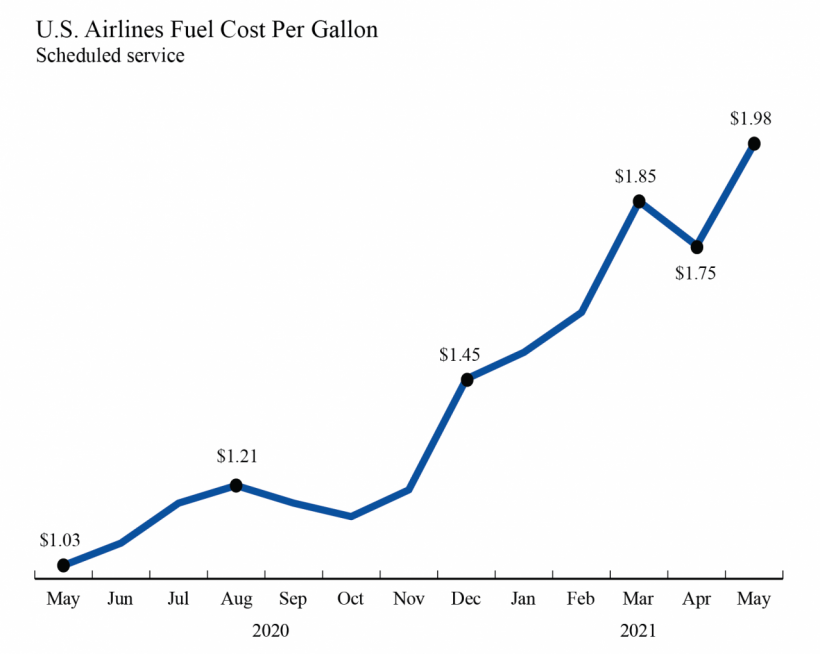Navigating the Oil Rate Rollercoaster: Approaches for Gas Oil Individuals
Browsing the Oil Cost Rollercoaster: Techniques for Fuel Oil Customers gives a detailed guide for services and people looking for to manage the ever-changing landscape of oil prices. With the unpredictable nature of the worldwide oil market, fuel oil customers need to establish reliable methods to reduce threats and enhance their energy prices. This guide offers understandings into understanding oil rate changes, exploring hedging alternatives, making best use of fuel efficiency, and branching out power sources. It reviews long-term approaches for attaining security in oil costs. By taking on these methods, gas oil individuals can boost their ability to make enlightened decisions, adapt to market problems, and efficiently handle their fuel expenses. This specialist guide functions as a valuable source for anyone looking for to browse the complexities of the oil rate rollercoaster.
Comprehending Oil Rate Variations
Understanding the factors behind oil price fluctuations is vital for gas oil customers to make enlightened decisions. Oil costs are affected by a plethora of variables, including supply and need characteristics, geopolitical tensions, financial development, and market speculation. By acquiring a deeper understanding of these elements, fuel oil individuals can better anticipate and respond to value adjustments, inevitably making the most of and reducing expenses efficiency.
Supply and demand characteristics play a substantial duty in oil cost changes. When supply exceeds need, oil rates often tend to reduce, while when demand overtakes supply, costs increase. Factors such as manufacturing degrees, inventories, and refinery capacities all influence the equilibrium between supply and need. Geopolitical tensions can also interfere with oil markets, causing cost volatility. Conflicts in oil-producing areas or disruptions in supply routes can create spikes in costs.
Moreover, financial growth and market speculation can affect oil costs. Throughout periods of durable economic development, oil demand has a tendency to increase, pressing prices higher. Alternatively, economic declines can result in lowered demand and reduced rates. Furthermore, market supposition, driven by elements such as capitalist belief and economic market conditions, can trigger oil rates to differ their basic worth.
Hedging Options for Fuel Oil Customers

Making Best Use Of Gas Effectiveness
To optimize gas effectiveness, gas oil individuals can execute strategies that concentrate on making best use of the gas mileage per gallon. One of one of the most efficient ways to attain this is by effectively keeping cars and equipment. Routinely servicing and tuning engines, checking tire pressure, and making certain proper lubrication can considerably boost fuel performance. An additional method is to drive at a steady rate and avoid sudden velocities and slowdowns. By keeping a consistent speed, the engine runs more effectively, causing much better fuel usage. Furthermore, reducing still time can likewise contribute to maximizing gas efficiency. When parked or waiting for expanded periods can assist preserve gas, turning off the engine. Adopting eco-driving methods such as preventing too much rate, using cruise control, and minimizing unnecessary weight in lorries can further improve fuel effectiveness. Last but not least, making use of alternative fuel sources like biodiesel or gas can be checked out as they often provide much better mileage per gallon compared to standard fuel oil. By applying these strategies, gas oil customers can lower their gas intake and maximize their general gas effectiveness.
Diversifying Your Energy Resources
One efficient way to minimize the effect of varying oil prices is by expanding energy resources. Depending solely on gas oil can leave people and companies at risk to rate volatility and supply interruptions. By diversifying power sources, customers can decrease their dependancy on oil and potentially reduced their overall power costs.
There are numerous options to sustain oil that can be thought about for diversity functions. Renewable resource resources, such as solar and wind power, have ended up cod oil prices long island being easily accessible and increasingly prominent in current years. These sources supply a lasting and clean energy option that can help in reducing greenhouse gas exhausts and dependence on fossil gas.
An additional option to think about is all-natural gas. Gas is a cleaner-burning fuel contrasted to oil and can give an affordable choice. It is extensively available and can be utilized for home heating, electricity generation, and transport.
Additionally, checking out power performance measures can help in reducing total power intake and reliance on any single energy source - cheap oil prices long island. This can consist of applying energy-efficient technologies, optimizing processes, and improving insulation
Diversifying energy sources not only provides a buffer against oil price fluctuations but also contributes to a more resilient and sustainable power system. It can supply financial advantages, minimize ecological influence, and make sure a secure and trusted power supply.
Long-Term Methods for Oil Cost Stability
An essential consideration for fuel oil customers is creating long-lasting methods to guarantee stability in oil prices. While oil rates are infamously unstable, there are several techniques that can help minimize the effect of cost variations and provide even more stability for gas oil customers.
One long-lasting technique is to participate in hedging contracts. Hedging involves getting in into an economic agreement, such as a futures contract, that permits fuel oil users to secure a particular price for future acquisitions. By hedging, users can protect themselves against possible price rises and make sure a stable supply of gas oil at an established price.

Additionally, diversifying the energy sources used can help to stabilize oil prices. By incorporating sustainable energy resources, such as solar or wind power, fuel oil individuals can minimize their reliance on oil and produce a much more balanced energy profile. This not just gives rate stability but also adds to ecological sustainability.
Verdict
In verdict, gas oil individuals can navigate the oil price rollercoaster by understanding oil rate variations, utilizing hedging options, making the most of fuel performance, and expanding power sources. By implementing lasting approaches for oil cost stability, users can reduce the influence of rate volatility and make sure a more sustainable and stable power usage.
Navigating the Oil Cost Rollercoaster: Techniques for Fuel Oil Customers provides a comprehensive overview for people and companies seeking to take care of the ever-changing landscape of oil costs.Understanding the aspects behind oil rate changes is important for gas oil individuals to make informed decisions. Gas oil individuals can use different hedging options to alleviate the risks connected with oil cost variations. Generally, gas oil individuals need to very carefully evaluate their danger resistance and financial purposes when choosing hedging choices to efficiently take care of oil price changes.
By reducing energy intake and improving effectiveness, gas oil customers can lower their general need for oil, thus lowering their direct exposure to price changes.